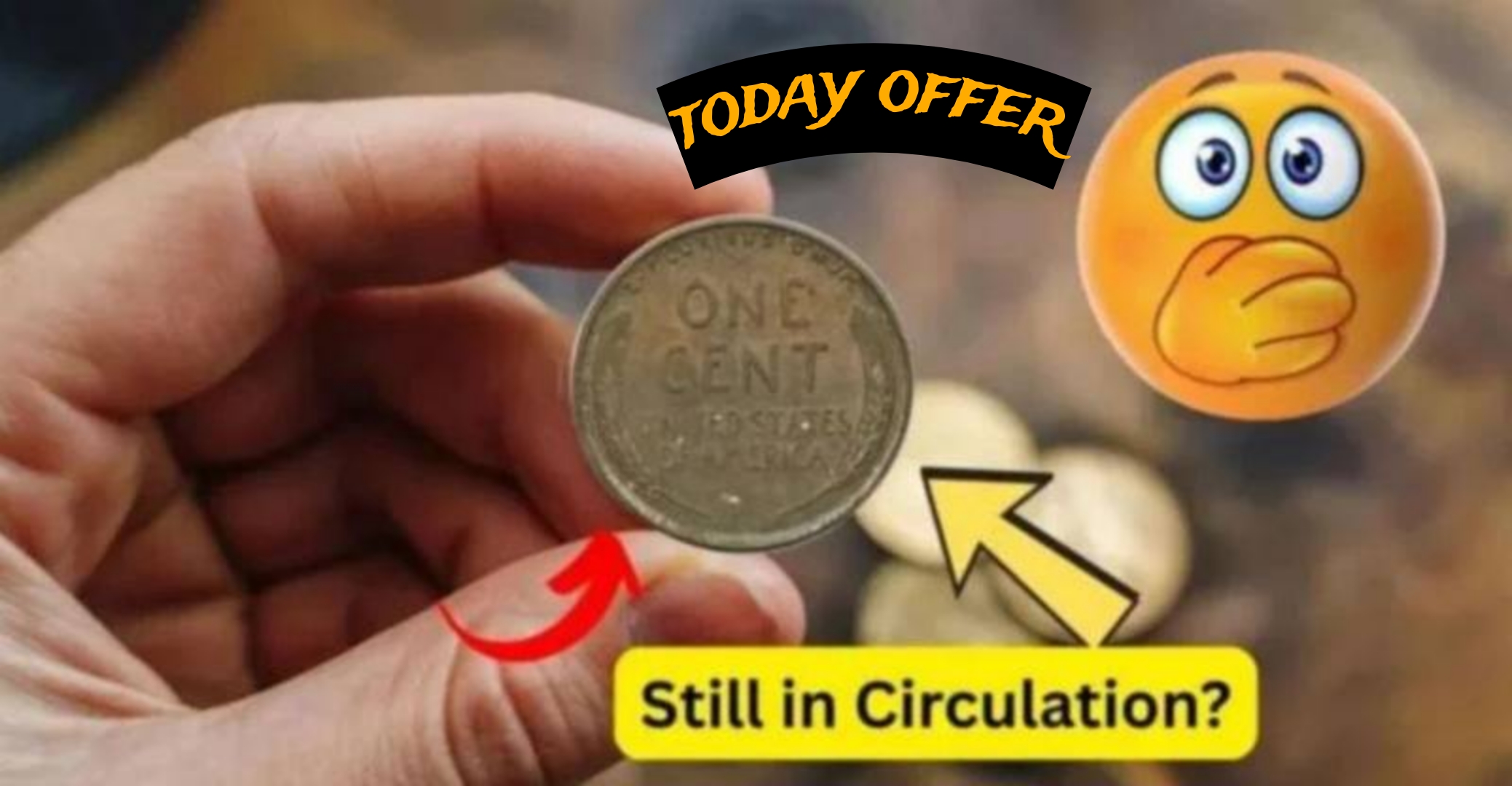It’s hard to imagine that a single penny could be worth more than a luxury home, but one rare 1943 Lincoln Wheat Penny made of copper instead of steel has fetched over $1.8 million at auction — and experts believe a few may still be out there in circulation. Here’s what makes this small coin such a huge deal and how you can identify one.
The Story Behind the 1943 Wheat Penny
In 1943, during World War II, copper was in high demand for ammunition and other military supplies. To conserve the metal, the U.S. Mint began producing pennies out of zinc-coated steel instead of copper. However, a few copper planchets (the blanks used to strike coins) were accidentally left in the minting presses from 1942, resulting in a handful of 1943 pennies being struck in copper.
These accidental coins are now among the most sought-after minting errors in U.S. history.
Why It’s Worth $1.8 Million
The extreme rarity of this error is what makes it so valuable. Fewer than 20 authentic copper 1943 pennies are believed to exist across all U.S. Mints (Philadelphia, Denver, and San Francisco). In pristine condition, one sold for $1.8 million to a private collector, making it one of the highest-priced pennies ever recorded.
Each coin’s value depends on its mint mark, condition, and authentication — but even circulated examples can sell for hundreds of thousands of dollars.
How to Identify a Genuine 1943 Copper Penny
- Check the Year: Look for the year “1943” under Lincoln’s portrait. This is the only year during World War II when steel pennies were mass-produced, so a copper one from this year is an error.
- Magnet Test: Real 1943 copper pennies are non-magnetic, while the regular steel ones will stick to a magnet immediately.
- Look at the Color: A copper penny will appear reddish-brown or orange, unlike the gray, silvery tone of steel.
- Weigh the Coin: A genuine copper penny weighs about 3.11 grams, compared to 2.7 grams for a steel version.
- Mint Mark: Check under the date for a “D” (Denver) or “S” (San Francisco). All varieties are valuable, but the 1943-D (Denver) copper penny is among the rarest.
- Get It Authenticated: Due to the number of counterfeits, it’s essential to have the coin verified by professional grading services such as PCGS or NGC.
Other Rare Lincoln Wheat Pennies Worth Noticing
- 1909-S VDB: The first year of the series, featuring the designer’s initials — one of the most collected coins.
- 1914-D: A low-mintage Denver penny, highly valuable in mint condition.
- 1922 No D: A mint error where the Denver mark was accidentally omitted.
- 1955 Double Die: A famous error where the lettering and date appear doubled.
A Fortune Hiding in Plain Sight
Because billions of Lincoln Wheat Pennies were made, people still find old ones in change, drawers, or coin jars. While most are common, a genuine 1943 copper penny could still be out there, waiting to be discovered.
So before you overlook your spare change, grab a magnet and check those pennies carefully — your next coin could be worth $1.8 million.
